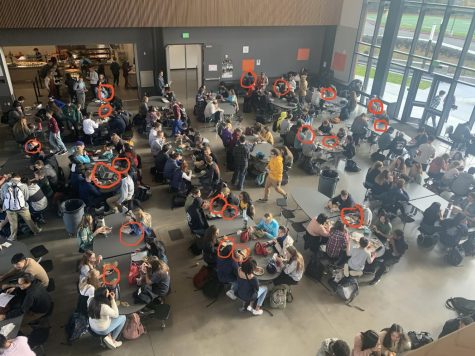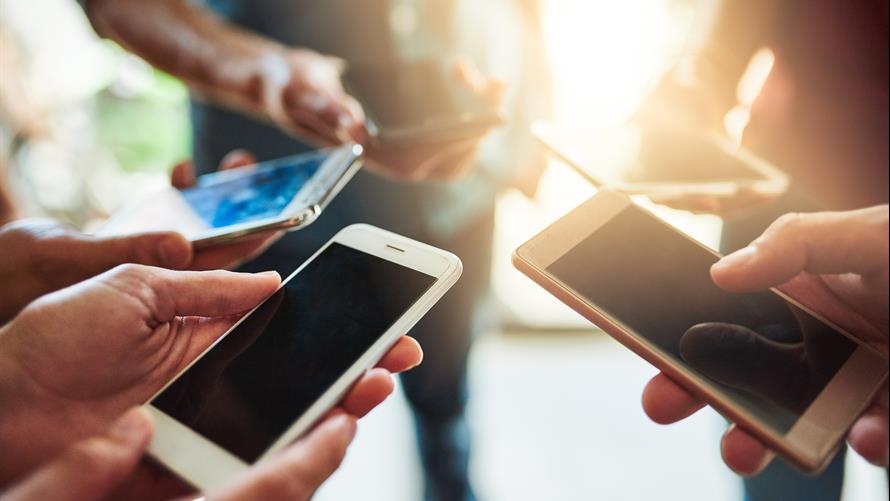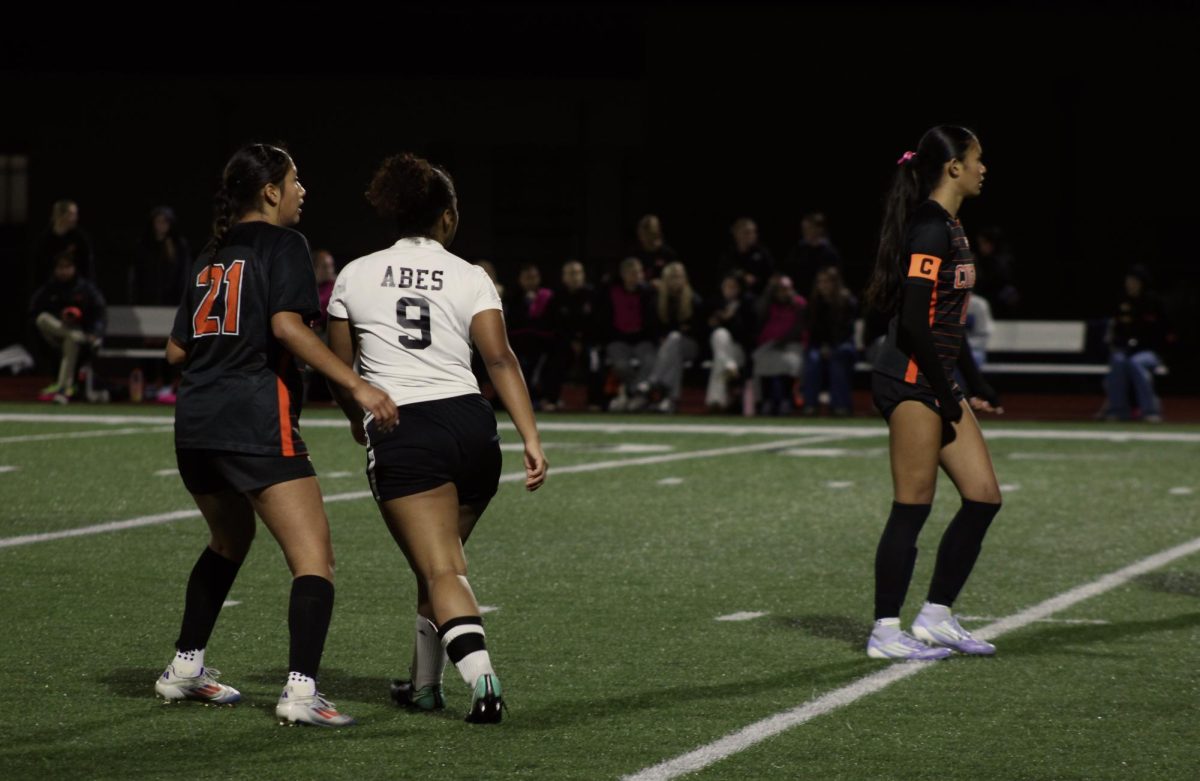Students and Their Cell Phones
Over the years, cell phones have become very popular.
People using their phones
In the beginning, cell phones were strictly used for communicating with others, but now, they are often used for gaming, music, social media,video streaming , and picture taking, so much of the day is easily spent on phones alone. Aside from cell phones, there are many other types of screens teenagers have access to.
Tech companies and apps have made screen time very tempting and easy. Devices are almost everywhere and at Central Kitsap High School, there are screens in most classrooms. Social media companies, such as Instagram, Snapchat, and TikTok provide funny, creative, professional, entertaining content which can cause people to lose track of time on devices.

Circled are students using their cell phones during lunch
On the bright side, there is not any information proving screen time causes long term effects.
Although, looking at screens may cause discomfort and strain the eyes, it does not damage them. People are more likely to have problems with screens if they already have eye issues , wear glasses or contacts, or use the wrong prescription glasses. On another note, screens produce blue light. Blue light is unavoidable, as the sun is a producer of blue light. This type of light is not good for the eyes when the rest of the body is tired. Blue light stops the brain from producing melatonin, blue light which can cause cancer. Melatonin is a chemical produced by the brain, causing sleep.
Too much screen time may seem bad or unhealthy to most, but many people are taking full advantage of their devices in an appropriate and beneficial manner. Teenagers are creating careers out of their device through social media. This is commonly done through YouTube channels. The YouTube platform allows people the chance to gain subscribers by producing video content. Some of these “YouTubers” are paid a decent amount of money. Teens are also expressing themselves through digital art and photography that they have posted on social media platforms, blogs, or other websites.
Screen time has increased by 45 minutes in the past 4 years. The average screen time for teenagers in just over seven hours. This number is concerning because teens aren’t getting enough exercise, and screens have not been around for long enough to make very thorough experiments to know long term effects.


